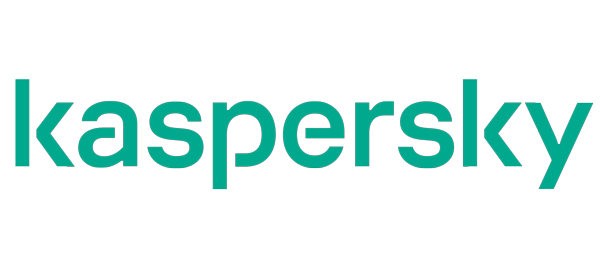Networking has become a must-do in the marketing checklist. From LinkedIn to Instagram, countless platforms are available to connect with professionals in your industry. However, business cards remain a tool for any entrepreneur or professional to make a lasting impression. But with the rise of digital marketing and online networking, is the traditional paper business card becoming obsolete? Exploring both kinds of cards can help you navigate the new networking age confidently.
Firstly, let’s take a closer look at traditional business cards. A physical business card can provide a tactile experience that digital alternatives cannot replicate. The card stock’s weight, the paper’s texture, and even the design elements, such as embossed lettering or metallic finishes, can all make your card stand out from others in a stack. Additionally, traditional business cards allow for an easy exchange of contact information without fumbling through phones or searching for someone’s profile on social media. However, conventional business cards also have their downsides – they can be lost easily or even forgotten about after an event.
On the other hand, digital business cards have surged in popularity recently due to their convenience and eco-friendliness. A digital card can be effortlessly shared via email or text message, eliminating the need for printing costs and wastage associated with physical cards. They also provide flexibility in terms of presentation options – including customizable templates which can include photos, videos or even links to your website or social media profiles. However, digital cards may not always leave as strong an impression as their physical counterparts – they lack that touch-feel factor that many people associate with professionalism.
Another advantage of using digital business cards is that they allow you to track how often and with whom your card is being shared, allowing you to follow up with potential leads. With traditional business cards, there is no way of knowing who has kept your card or where it may end up. Digital cards can provide valuable insights into how effective your networking efforts are and help you refine your approach accordingly.
It’s best to consider the context in which you will use your business cards. If you are attending a formal event or meeting, a traditional card may be more appropriate as it conveys professionalism and attention to detail. However, if you’re attending a more casual event or meeting younger professionals who are more tech-savvy, digital business cards might be the better choice. At the end of the day, it’s all about understanding your audience and what will resonate with them, making them feel considered and respected.
In conclusion, both traditional and digital business cards have pros and cons– it ultimately comes down to personal preference and context. If you’re looking for a tactile experience, conventional business cards may be the way to go. On the other hand, digital business cards could be a better option if you’re looking for convenience, flexibility, and eco-friendliness. Whichever route you choose, remember that networking is all about building relationships – so focus on making meaningful connections rather than just handing out cards!




Recent Comments